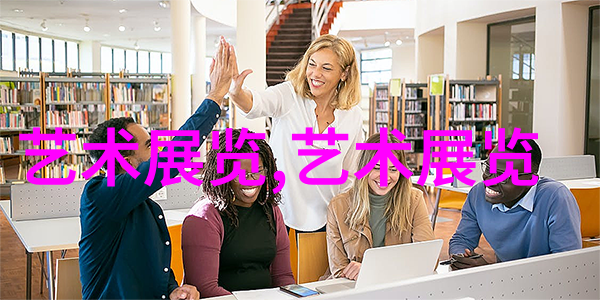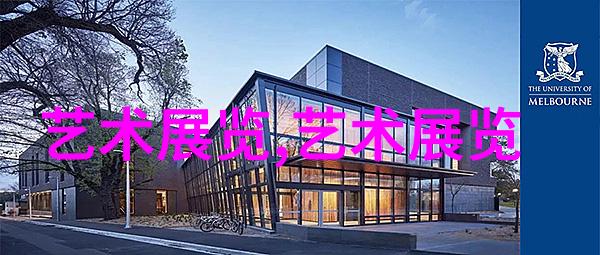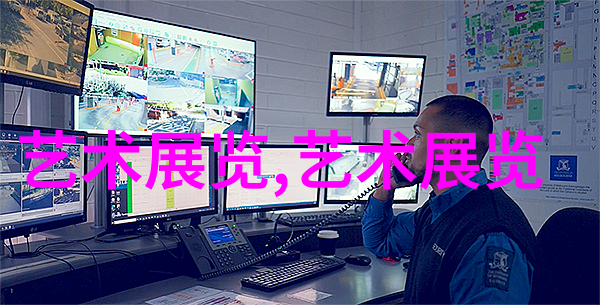新年祭礼深入了解Japan新年习俗
新年祭礼——深入了解Japan新年习俗

在日本,新年的到来被视为一个重大的节日,它不仅仅是对时间循环的庆祝,也是对传统文化和社会秩序的一次大规模检阅。这个时刻对于日本人来说,无疑是一个充满希望和期待的开始。
日本新年的起源与历史意义

从神话到现实:岁月长河中的转变
从古代神话中可以看出,日本的新年仪式有着悠久的历史。最著名的是《古事记》中的“建国神话”,它讲述了天照大神创造世界并降临于本土后,被恶鬼夺走光明而导致黑暗一万年。直至天照大神之子须佐之男将其救回,这一事件被认为是日本开国之始。在此之后,每逢春分,即现在所说的3月3日,就会举行“平家盛衰”(氏子、氏友、氏族等家族成员)共同庆祝,标志着一年一度的大祓式和丰收感恩。

文化艺术与仪式感
随着时间推移,这些仪式逐渐演变成了一种文化活动,并融入了当地民众生活中。如今,在各个家庭和公共场合,都能看到人们穿上传统服装参加各种庆典活动,如舞狮、踩高跷以及展示传统乐器等表演。这不仅体现了他们对传统文化的尊重,更成为了一种社交交流的手段,让人们彼此相互祝福,以期望每个人都能过上幸福美好的生活。

新年的准备工作与筹备流程
准备工作:家庭团聚与物品准备

在进入元旦前夕,一切都要做得井然有序。一方面,家家户户都会进行彻底清洁,将旧物置换为新的,以示更新换代;另一方面,是为了迎接即将到来的客人或亲友,他们可能会带来好运信件或红包作为礼物。
元旦前夕:晚餐宴席与打扫整理
这一天通常被称作“除夜”(Omisoka),这是一场特殊的晚餐宴席,其中包含了多道精心制作的小吃,如寿司、大阪烧肉及其他各种海鲜小食。此外,还有一项重要任务,就是进行最后一次清扫,并确保整个家园干净整洁,以迎接新的开始。
新年的第一声钟响动听故事背后的意义
初次跨越门槛:迎接新的挑战与希望
午夜十二点时分,当钟声响起,象征着旧年的结束、新年的开始。这一刻,对于许多人来说,是一种精神上的释放,因为它代表着过去所有的心事、快乐或者遗憾都会随风消散,而未来则全凭自己去创造。而这种精神上的解脱正是东方哲学中常提到的“无常心”的概念,其核心思想就是顺应自然,不强求结果,只要保持积极向上的态度就能够享受生命带来的乐趣。
元旦后续活动及其意义探究
除夕后的清晨:观赏初升阳光和寻找好运符号
在元旦当天清晨,有许多家庭会选择观赏初升阳光这一行为,其含义非常深远。在东方文化中,太阳象征生命力的来源,因此看见太阳升起的人们相信这是一个吉祥良好的开始。此外,他们还会寻找一些特定的好运符号,比如门前的石头排列成八字形以避邪,以及挂上剪发用的纸条以供风吹散烦恼,从而展望一个更加幸福安康的一年。
总结:
Japanese New Year, also known as Oshogatsu or Shōgatsu, is a significant cultural event in Japan. It's not only a celebration of the new year but also a reflection of Japanese culture and society. The festival has evolved from ancient myths to modern-day practices, incorporating various customs and traditions that highlight the importance of family, community and spiritual renewal. As people gather together to bid farewell to the old year and welcome the new one with open arms, they embody the spirit of resilience and hope for a better tomorrow.
In this article, we have explored how Japan's New Year celebrations are deeply rooted in history and tradition while embracing modernity. From cleaning homes to seeking good luck symbols on January 1st morning, each activity holds significance that resonates with Japanese values such as respect for ancestors, family unity and harmony with nature.
The festivities continue beyond January 1st as families come together for special meals during Setsubun (the beginning of spring) on February 3rd or Hinamatsuri (Girls' Day) on March 3rd. These occasions serve as opportunities for social interaction among friends and neighbors while reinforcing cultural norms.
As we delve into these stories behind Japan's New Year rituals through artistry in music dance performances at shrines temples public spaces it becomes clear that these festivals represent more than just temporal changes they signify growth renewal transformation allowing participants to transcend time space boundaries unite their spirits under shared experiences reinvigorating their connection with nature humanity & self.
By examining these unique aspects within Japanese culture ,we gain insights into its depth richness & diversity .It is evident that celebrating New Year marks an important milestone where individuals can reflect upon past experiences look forward towards future possibilities embrace change embody hope cultivate gratitude express joyous anticipation for life’s journey ahead all wrapped up in beautiful intricate patterns woven across generations creating an unforgettable tapestry called "Japanese Culture."